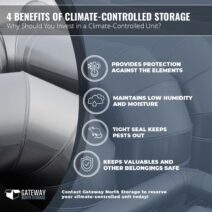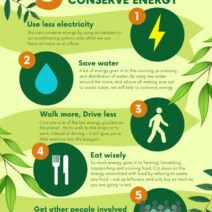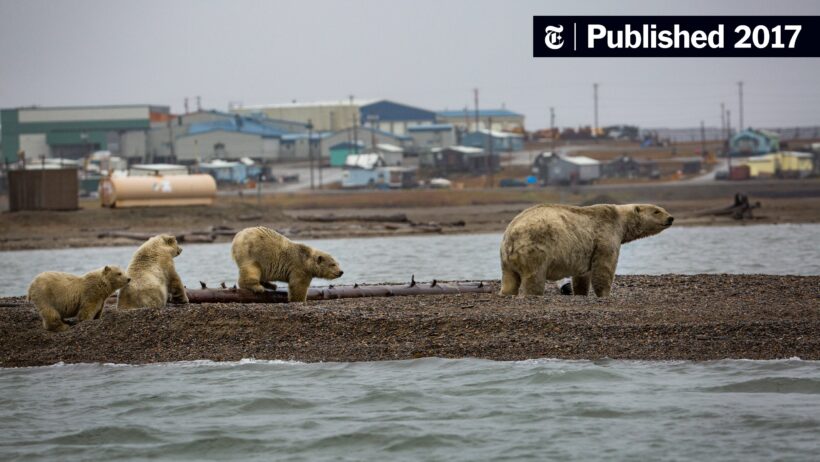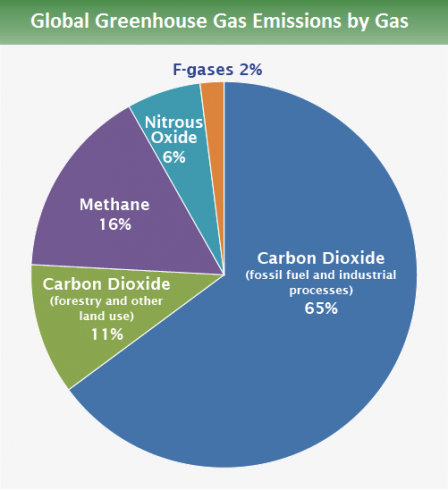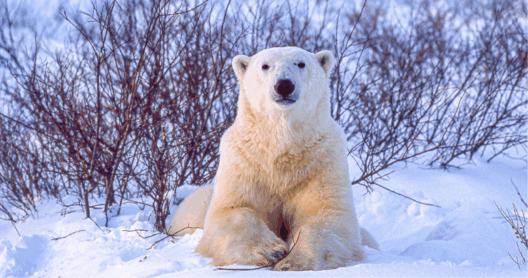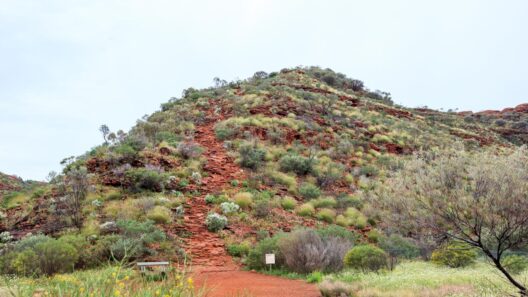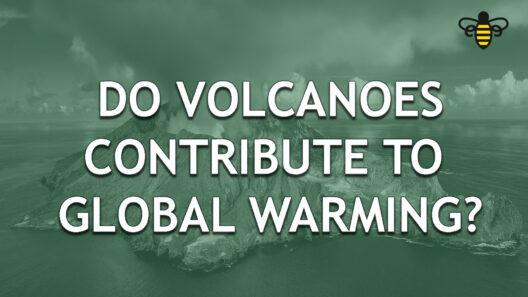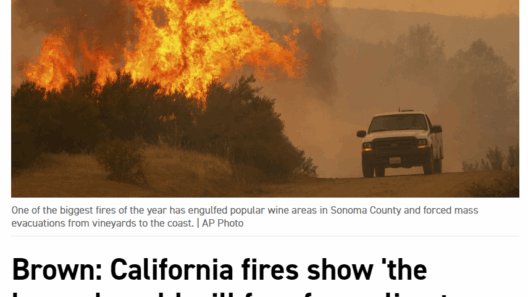Imagine for a moment: what would it be like if our winters transformed into a fleeting memory, relegated to photographs and tales of years past? The evolving narrative of climate change in the United States, particularly through the prism of global warming, presents us with urgent realities that we can no longer afford to sidestep. The phenomenon is not a distant specter; it is today’s pressing challenge, manifesting through anomalous weather patterns, ecological degradation, and profound societal implications.
One of the most striking indicators of global warming is the increasing frequency and severity of extreme weather events. From lascivious hurricanes wreaking havoc on coastal cities to torrential floods inundating previously arid regions, the transformation of weather patterns is palpable. The United States witnesses such fluctuations that leave citizens reeling, as these events are exacerbated by a warming climate. The National Oceanic and Atmospheric Administration (NOAA) has documented outrageous increases in the intensity of storms, leading to unprecedented financial and human costs. The question arises: how can communities fortify themselves against these onslaughts while striving for resilience amidst chaos?
Beyond the immediate impacts on weather, global warming intricately weaves itself into the very fabric of ecosystems. As average temperatures ascend, flora and fauna are compelled to adapt, migrate, or face extinction. The polar bear, an emblematic creature of vulnerability, finds its icy habitat deteriorating. As these magnificent mammals falter in their search for sustenance, so too does an entire ecosystem that relies on this keystone species. The convergence of melting ice and declining prey populations poses a profound question regarding biodiversity: will we witness a symphony of silence as species disappear, or can we orchestrate a harmonious balance through conservation? Protecting habitats before they vanish is paramount, necessitating a collective commitment to environmental stewardship.
Moreover, the agricultural landscape is undergoing an insidious metamorphosis wrought by global warming. Altered climates disrupt planting seasons, balance of nutrients, and pest populations. Farmers grapple with crop yields that fluctuate unpredictably, leaving food security precariously perched on the brink of uncertainty. As droughts ravage some regions while others drown in excessive rainfall, the question of equitable food distribution arises. How do we procure our sustenance in a fractured system that is often ill-equipped to adapt? Innovations in agricultural practices, coupled with investment in sustainable technologies, present potential solutions that could mitigate this existential threat.
The transport sector, too, is not immune to the vicissitudes of climate change. The infrastructure that supports our cities demands reevaluation in light of rising sea levels and changing temperatures. Coastal cities, such as Miami and New Orleans, must grapple with the likelihood of increased flooding due to climate-related sea level rise. The question becomes: how do we redesign our urban environments to be more adaptive and resilient? Integrating nature-based solutions, such as green roofs, enhanced drainage systems, and coastal wetlands, could offer a lifeline to burgeoning urban centers while revitalizing ecosystems.
In tandem with environmental repercussions, the socio-economic dimensions of global warming are unfurling in complex layers. Disparities in vulnerability reveal a narrative shaped by income, race, and geography. Marginalized communities bear the brunt of climate impacts, which amplifies pre-existing inequalities. Such inequities prompt a critical examination of climate justice: how do we cultivate an inclusive dialogue to ensure that all voices are heard and represented in our response to climate change? Empowering these communities facilitates not only resilience-building but also fosters socio-economic equity in an era increasingly shaped by environmental transformations.
Yet, amidst challenges, glimmers of hope illuminate our path forward. The proliferation of renewable energy sources demonstrates a vibrant potential to mitigate greenhouse gas emissions. Solar, wind, and other sustainable energy solutions are emerging as viable alternatives to fossil fuels, facilitating an impressive transition toward a cleaner and more sustainable future. As we grapple with uneasy questions around dependence on conventional energy sources, it is imperative to ignite a dialogue focused on the transition to cleaner energy. Can we embrace technological innovation paired with policy reform to radically paradigm shift our nation’s energy landscape?
As we wrestle with the gravity of climate change, it becomes critical to embrace a proactive stance. Education and awareness serve as vital catalysts in this pursuit, nurturing a generation poised to confront the escalating climate crisis. Urban gardens, community clean-up initiatives, and educational programs aimed at fostering eco-literacy are becoming timeless hallmarks of grassroots activism, empowering individuals to carve their own narratives in the fight against climate change. The challenge persists: how do we inspire collective action? Encouraging communal efforts to engage young minds in sustainability conversations will leave an indelible imprint on our mystifying climate story.
Ultimately, the US climate story is a clarion call for transformation—a tapestry of challenges urging our society toward innovative solutions and cooperative action. Climate change is not merited within the confines of scientific circles but rather ingrained within our everyday lives and future aspirations. It poses a challenge yet simultaneously invites us to reconsider our role as custodians of the planet. The complex weave of ecological, social, and economic threads demands our attention, compassion, and a commitment to a sustainable future where both humanity and nature can thrive. Will we heed the call or remain passive bystanders to a climate crisis that looms ever larger on our horizon?
